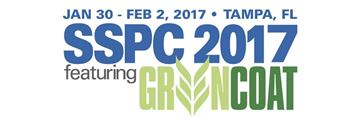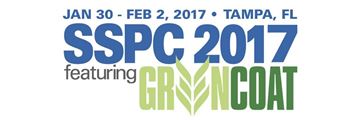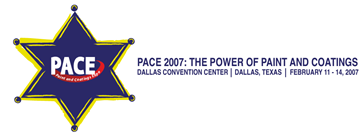Search
Products tagged with 'costs savings.'
View as
Sort by
Display
per page
Strategies for Reducing Climate Control Costs Utilizing New Technologies
Product Number:
41215-881-SG
Publication Date:
2015
$20.00
The Benefits of Steel Grit Blasting and Recycling
Product Number:
51218-156-SG
Publication Date:
2018
$20.00
The Benefits of Steel Grit Blasting and Recycling
Product Number:
51217-074-SG
Publication Date:
2017
$20.00
The Development of Electronic Data Gathering for the US Navy Robust Functional Paperless Paint Project (RFPP)
Product Number:
41214-809-SG
Publication Date:
2014
$20.00
The Effectiveness of Energy Efficient Coatings for Military Use
Product Number:
51217-081-SG
Publication Date:
2017
$20.00
The Greatest Challenge in Corrosion Prevention and Control is Apathy
Product Number:
41216-971-SG
Publication Date:
2016
$20.00
Two-Coat Polyaspartic Urethane Coatings Protect Virginia Steel Bridges for Over a Decade
Product Number:
41216-994-SG
Publication Date:
2016
$20.00
Using Climate Control at the Job Site; It’s Just Good Business
Product Number:
41207-311-SG
Publication Date:
2007
$20.00








